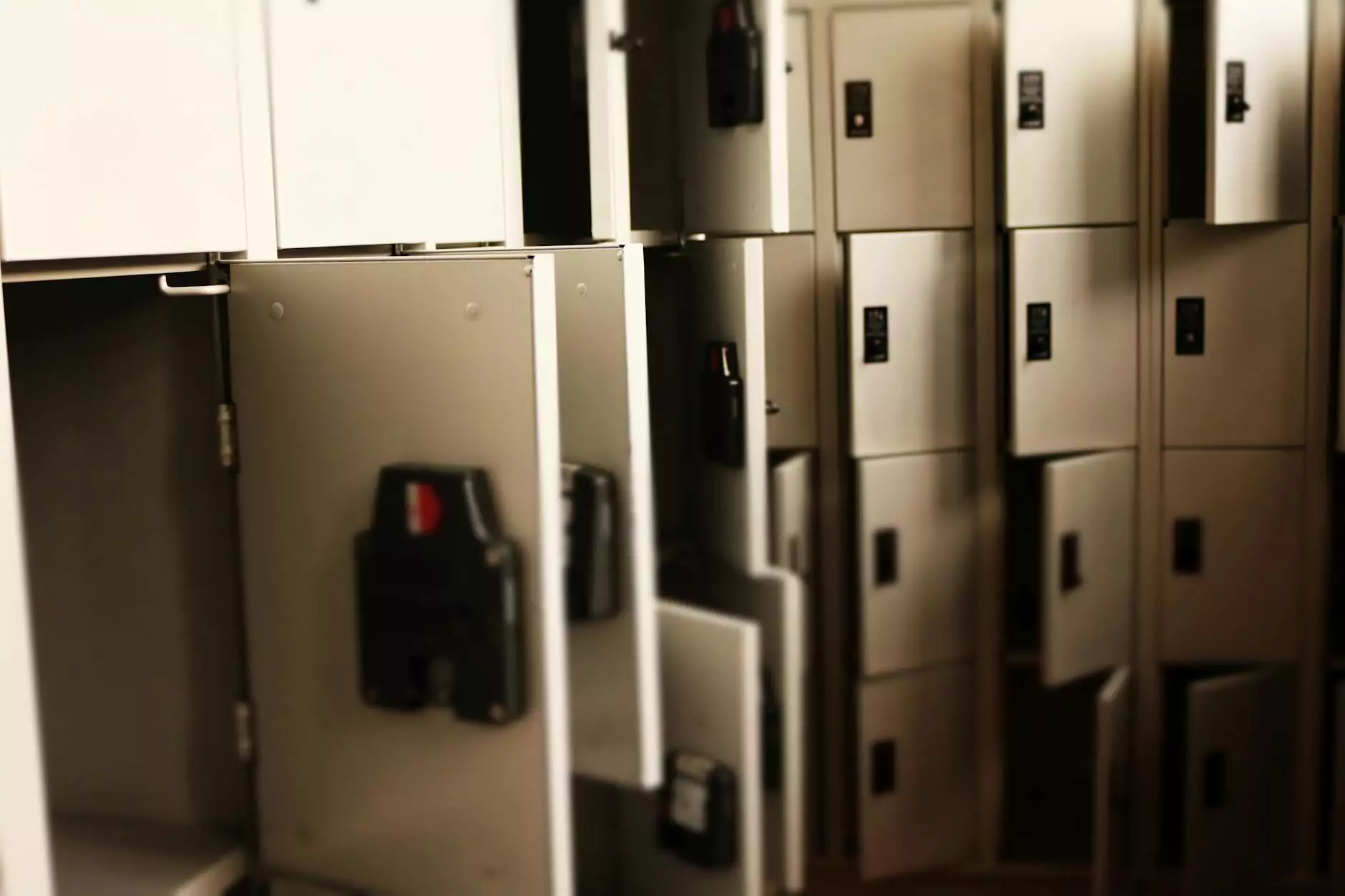Understanding the Importance of Crash Bar Door Locks

The world of business security is constantly evolving, and one essential component that has gained significant attention is the crash bar door lock. These locks are invaluable for enhancing safety measures in commercial properties. In this comprehensive guide, we will delve into everything you need to know about crash bar door locks, their benefits, installation processes, maintenance, and much more.
What is a Crash Bar Door Lock?
A crash bar door lock, often referred to as a push bar or panic bar, is a type of locking mechanism primarily installed on exit doors. It is designed to allow easy and quick exit from a building, making it particularly valuable in emergency situations. These locks operate with a horizontal bar that, when pushed, unlatches the door, allowing individuals to exit without fumbling for a key or handle.
Key Features of Crash Bar Door Locks
- Emergency Egress: The primary function of a crash bar is to provide quick exit during emergencies, making them an essential feature in public buildings.
- Durability: Constructed from robust materials, crash bars are designed to withstand heavy usage and resist tampering.
- Compliance: Many safety regulations require the installation of crash bars in commercial buildings to ensure safety standards are met.
- Ease of Operation: These locks allow individuals to exit a building with little effort, making them user-friendly for people of all ages.
The Importance of Crash Bar Door Locks in Business Security
Security is a top priority for any business. The installation of crash bar door locks plays a crucial role in maintaining that security. Here are several reasons why they are indispensable:
1. Enhanced Safety
In emergencies, such as fires or other hazardous situations, every second counts. The swift operation of a crash bar door lock allows employees and customers to evacuate a building quickly, potentially saving lives. These locks significantly reduce the risk of injuries during panic situations.
2. Preventing Unauthorized Access
While crash bars are designed for safe exit, many models incorporate additional locking mechanisms that enhance security against unauthorized entry. When paired with high-quality locks, they can restrict access to sensitive areas of a business, protecting valuable assets and confidential information.
3. Compliance with Building Codes
Many local and national building codes require the installation of exit devices, including crash bar door locks, especially in public buildings like schools and offices. Compliance with these regulations not only ensures safety but also protects businesses from potential legal liabilities.
4. Increased Customer Confidence
Customers feel safer in businesses that prioritize their security. The presence of an efficient exit bar indicates that a business takes safety seriously, which can enhance the overall reputation of the organization.
Types of Crash Bar Door Locks
Not all crash bar door locks are created equal. Understanding the different types can help businesses choose the right products for their specific needs. Here are some common types:
- Single-Point Exit Devices: These are the most basic type, allowing for a single latch to be released when the bar is pushed.
- Multi-Point Exit Devices: These more sophisticated devices engage multiple locks across the door frame when activated, providing enhanced security.
- Electronic Crash Bars: These modern devices can be integrated with access control systems, allowing businesses to unlock doors remotely or track access logs.
- Fire Exit Devices: Specifically designed for fire safety compliance, these devices operate under stringent building codes and regulations.
Installation of Crash Bar Door Locks
Installing a crash bar door lock might seem daunting, but with the right approach and tools, it can be a straightforward process. Here’s a step-by-step guide to help you:
Tools Needed
- Power Drill
- Screwdriver
- Tape Measure
- Level
- Protective Equipment (gloves, goggles)
Step-by-Step Installation
- Measure the Door: Accurately measure where the crash bar will be installed to ensure it is at the correct height and position.
- Mark the Locations: Use a pencil to mark where the holes for screws and the latch will go.
- Drill Holes: Carefully drill holes based on your markings, ensuring they are straight and aligned.
- Attach the Crash Bar: Securely fasten the crash bar to the door using screws, making sure it is level and operates smoothly.
- Test the Mechanism: Gently push the bar to ensure it engages and disengages properly, allowing for easy exit.
Maintenance Tips for Crash Bar Door Locks
To ensure longevity and proper functioning, regular maintenance of crash bar door locks is essential. Here are some valuable tips:
- Routine Inspections: Periodically check the mechanism for any signs of wear and tear, ensuring everything operates smoothly.
- Clean the Lock: Dust and dirt can accumulate in the mechanism. Regularly cleaning it helps prevent jams and failures.
- Lubricate Moving Parts: Use a silicone-based lubricant on the moving components to reduce friction and ensure smooth operation.
- Check Compliance: Stay informed about local building codes to ensure your crash bars meet safety regulations.
Conclusion: Investing in Security for Your Business
As a business owner, the safety of your employees and customers should be a top priority. The installation of crash bar door locks provides an essential layer of security while ensuring compliance with safety regulations. By understanding their benefits and following proper installation and maintenance procedures, you can significantly enhance your business's safety profile.
At Kaukaban, we are committed to providing top-quality locksmith services and hardware solutions. If you are considering installing crash bar door locks or need assistance with security upgrades, feel free to contact us for expert advice and services.



